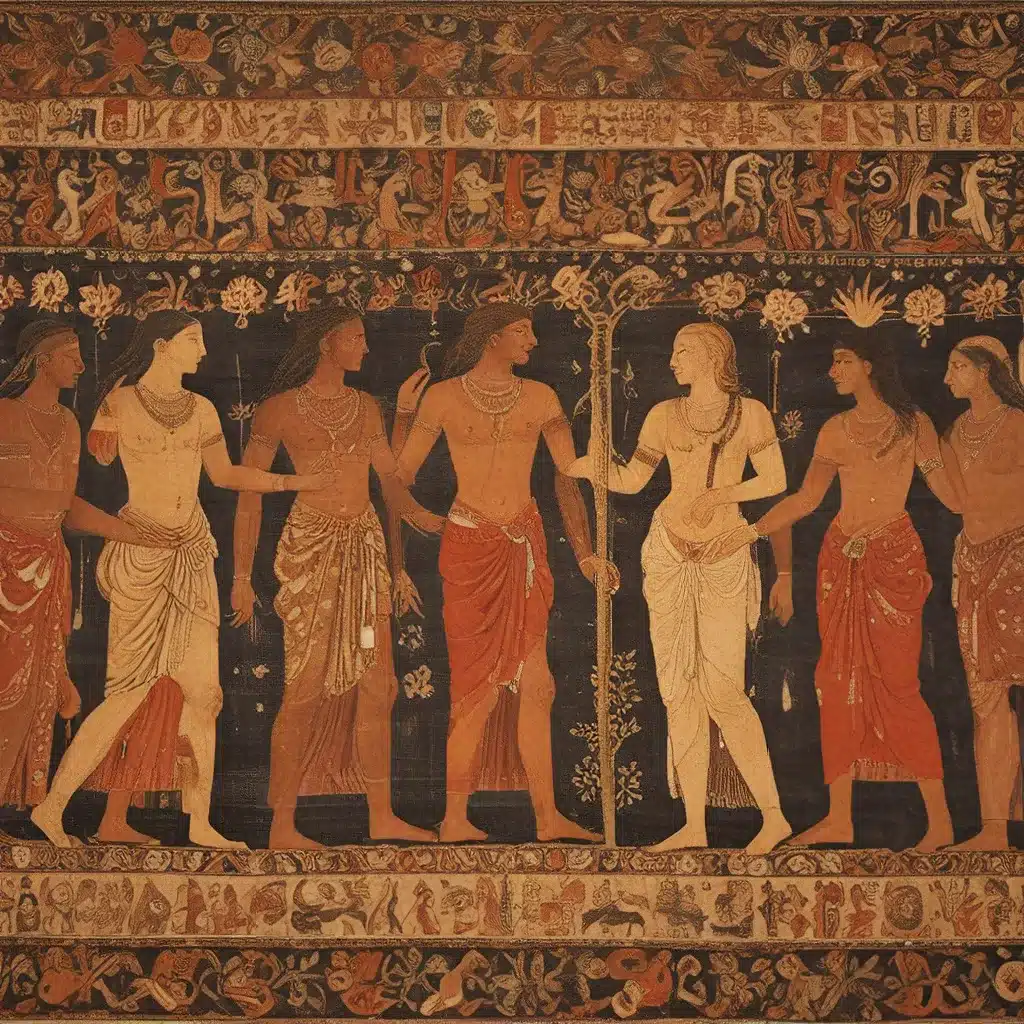
Tracing the Threads of Civilization: The Enigmatic Silk Road
The Silk Road, a vast network of interconnected trade routes spanning across the Asian continent, has long been a source of fascination and mystery. For millennia, this intricate system served as a conduit for the exchange of not just material goods but also ideas, customs, and cultural influences, weaving a tapestry of global interconnectivity that continues to captivate scholars and enthusiasts alike.
Silk: The Catalyst for Intercultural Exchange
At the heart of the Silk Road’s allure lies the coveted commodity that gave it its name: silk. This exquisite fabric, originating from the laborious process of cultivating silkworms in ancient China, became a symbol of wealth, power, and sophistication. The demand for this luxurious material sparked a vast network of trade routes, connecting the Far East with the Mediterranean world and beyond.
The production of silk was a closely guarded secret in China, with the emperor and his court maintaining a monopoly over its manufacture. However, as the demand for silk grew, the knowledge of its creation slowly diffused across the Asian continent, setting the stage for a complex web of cultural interactions and exchanges.
The Silk Road: A Conduit for Artistic and Intellectual Diffusion
As silk traveled along the trade routes, it carried with it a wealth of artistic and intellectual influences. The intricate designs and patterns woven into the fabric reflected the diverse cultures and artistic traditions of the regions through which it passed. From the Assyrian tree of life motifs to the Persian and Indian influences that permeated Chinese silk weaving, the Silk Road served as a medium for the cross-pollination of artistic styles and techniques.
But the exchange of ideas transcended the realm of art. The Silk Road also facilitated the dissemination of religious ideologies, with Buddhism, Zoroastrianism, Manichaeism, and Nestorian Christianity all finding their way across the Asian continent. The Tang dynasty capital of Chang’an (present-day Xi’an) became a cosmopolitan hub, attracting scholars, monks, and emissaries from all corners of the known world.
The Silk Road’s Enduring Legacy and Contemporary Significance
The Silk Road’s significance extends far beyond its historical context. Even as sea-based trade routes eventually overshadowed the land-based network, the legacy of the Silk Road continued to reverberate through the centuries. European scholars and explorers, such as Marco Polo and Baron Ferdinand von Richthofen, captivated the Western imagination with their tales of the exotic lands and treasures encountered along these ancient trade routes.
In the modern era, the Silk Road’s legacy has once again come to the forefront, as nations and regions seek to reclaim their place in the global economy and cultural landscape. The collapse of the Soviet Union and the subsequent independence of Central Asian nations have sparked renewed interest in the region, with efforts to rebuild infrastructure, strengthen economic ties, and revive traditional arts and crafts.
Rediscovering the Silk Road: Challenges and Opportunities
The revival of the Silk Road in the 21st century is not without its challenges. Geopolitical tensions, territorial disputes, and the need to navigate complex social and religious dynamics have all presented obstacles to the region’s development. However, the determination to reclaim the Silk Road’s heritage and leverage its potential as a catalyst for economic and cultural exchange remains strong.
Initiatives like the Belt and Road Initiative, championed by China, and the work of organizations such as the Aga Khan Development Network, have sought to reinvigorate the Silk Road’s legacy, investing in infrastructure, cultural preservation, and sustainable development. These efforts aim to not only revive the economic significance of the region but also to foster a renewed appreciation for the Silk Road’s enduring influence on the global community.
As the world continues to grapple with the complexities of globalization and the need for greater cultural understanding, the Silk Road stands as a testament to the power of interconnectivity and the transformative potential of cross-cultural exchange. By unraveling the tapestry of ancient interactions and exploring the ongoing significance of this iconic network, we can gain valuable insights into the enduring legacy of human civilization and the shared threads that bind us together.
The Lost Kingdoms invites you to embark on a captivating journey through the Silk Road’s past, present, and future, where the threads of history, culture, and global connectivity intertwine in a tapestry of remarkable depth and complexity.


